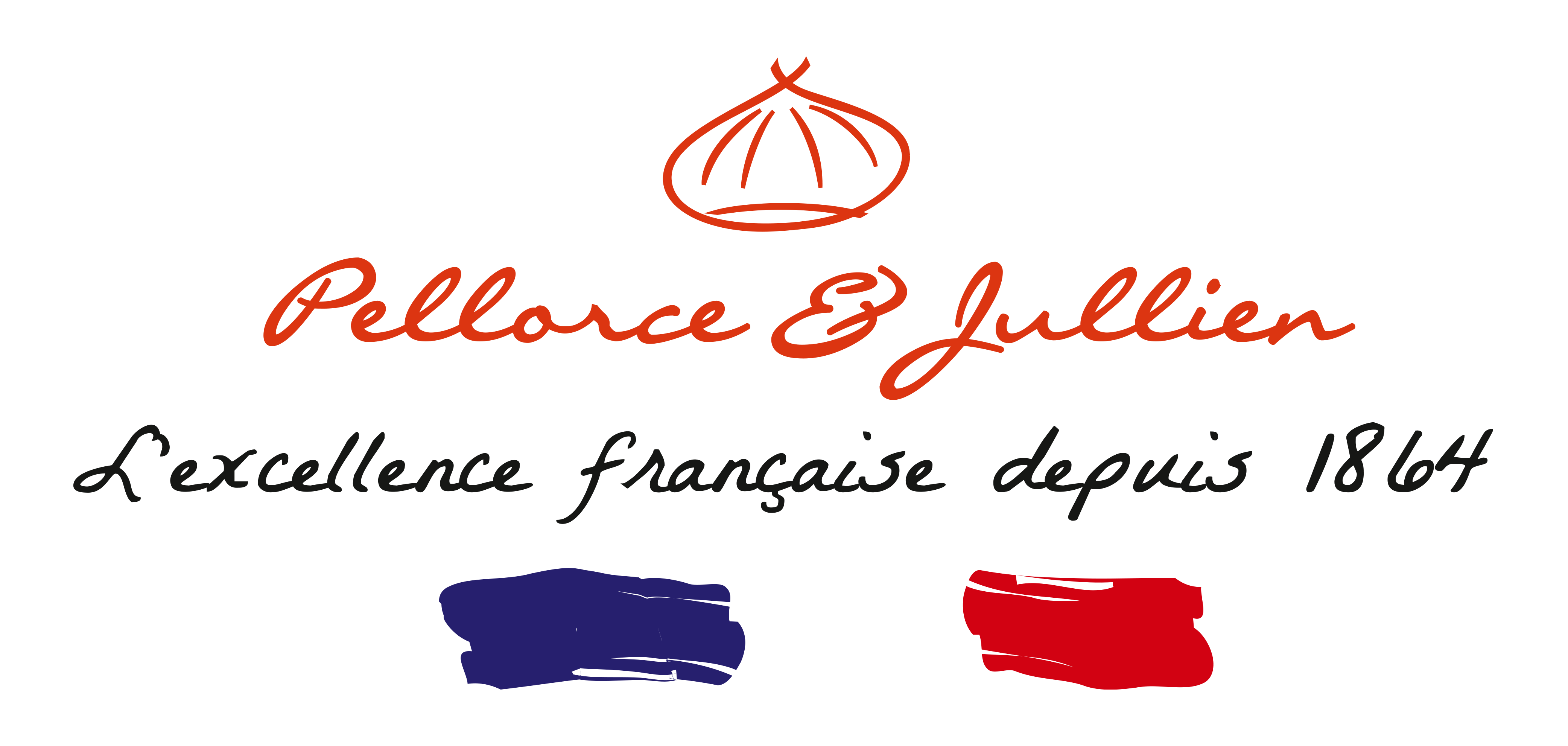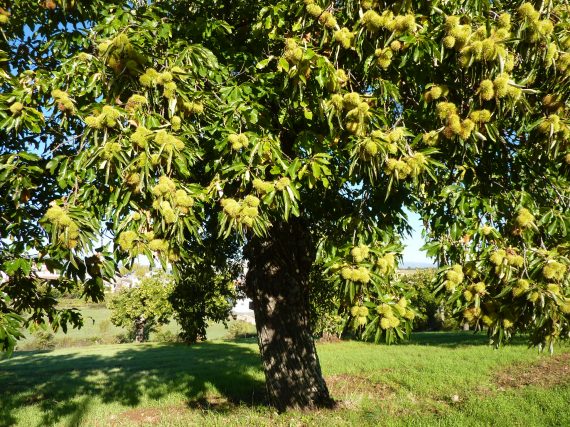
An exceptional region
PELLORCE & JULLIEN has chosen to source the main ingredient from the greatest regions renowned for their chestnut groves.
With their sumptuous golden foliage and fruit that crunches underfoot, the time has come for the chestnut trees to deliver their gourmet treats to those harvesting them.
The origins of chestnuts are lost in the mists of time, and chestnuts are still harvested by hand to this day. Like fine wines, the fruit finishes maturing and drying in cellars away from light.
EBuried inside its thorny burr, most varieties of chestnut are generally partitioned, meaning there are 2 or 3 fruits inside the burr. The finest marrons glacés come from varieties that produce fruit that is not partitioned.
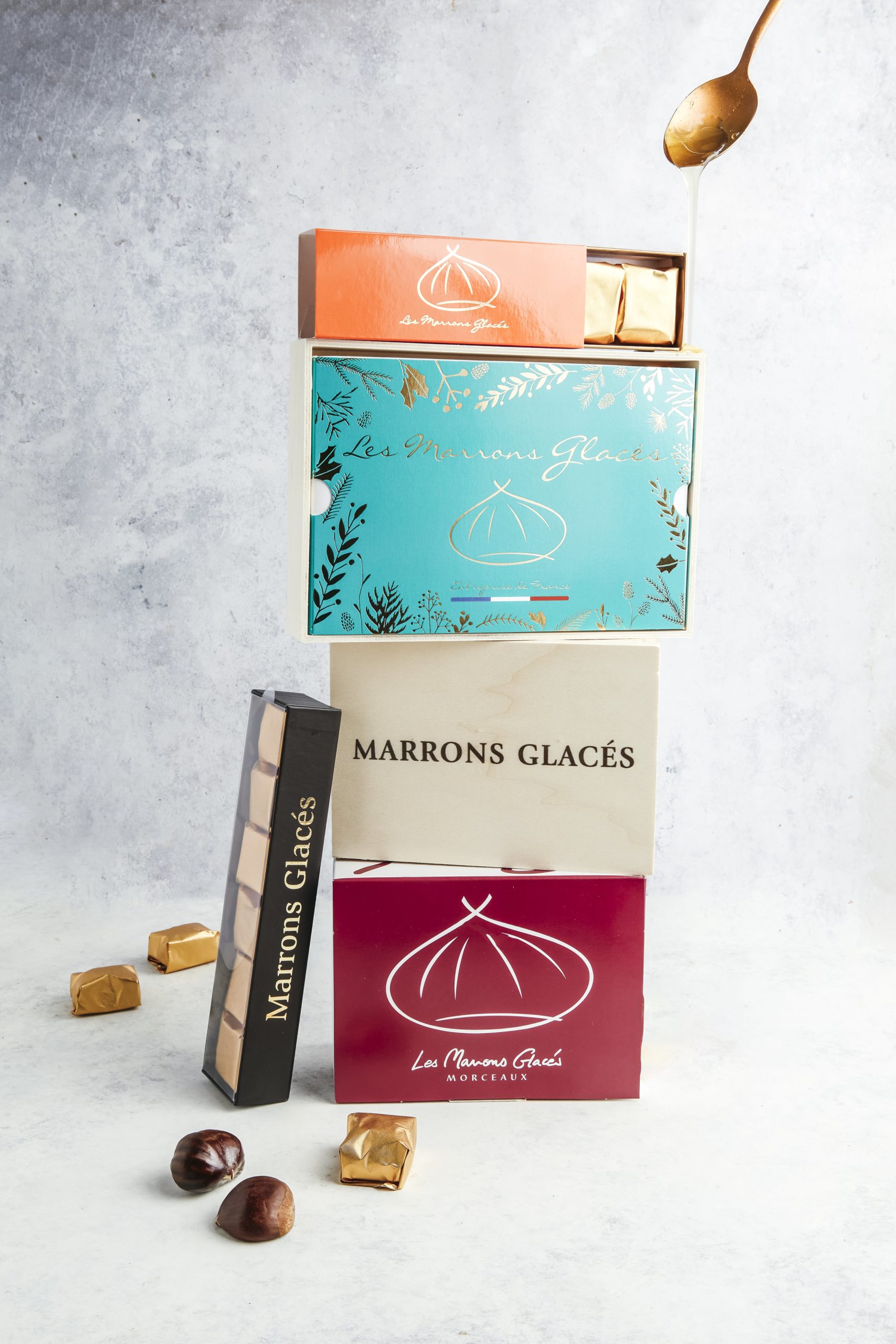
Commonly known simply as a chestnut, this edible fruit of the chestnut tree provides invaluable nutritional benefits in refined culinary preparations. And the marron glacé is the very best of these.
For more than 160 years, Pellorce & Jullien has been making a marron glacé with plump, soft, melt-in-the-mouth flavours. A recipe that remains unchanged since its creation by Gaston Lenôtre.
The festive French delicacy par excellence.
Founded in 1864, Pellorce & Jullien has now refocused on its production of marrons glacés and marrons confits. Pellorce & Jullien has recently put its experience and French know-how to good use in creating a complete range of candied citrus fruits for pastry makers, chocolate makers and ice-cream makers. Pellorce & Jullien meets Ribet: two century-old companies combine forces.
In the 90s, Maison Ribet was taken over by Pellorce & Jullien. To this day, both companies have retained their original qualities and specific characteristics. Recipes, tricks of the trade and mastery of the various stages of the candying process have remained unchanged, in order to enhance and showcase this delicate fruit. Most of the operations involved in making a marron glacé are carried out by hand, as the chestnut is a fragile fruit and requires a great deal of care and attentive work.
Considerable and ongoing efforts, linked to the development of production tools and technology, and the perfect mastery of traditional candying techniques, enable us to guarantee top-of-the-range quality.
Making marrons glacés inevitably involves mastering a number of different stages.
– Approval of batches of raw chestnuts at the harvesting and peeling sites, in accordance with established specifications.
– Carrying out pilot tests (cooking and candying) on each batch, combined with various developments concerning both the cooking parameters and the formulations of the candying syrups.
ARTISAN PRODUCTION
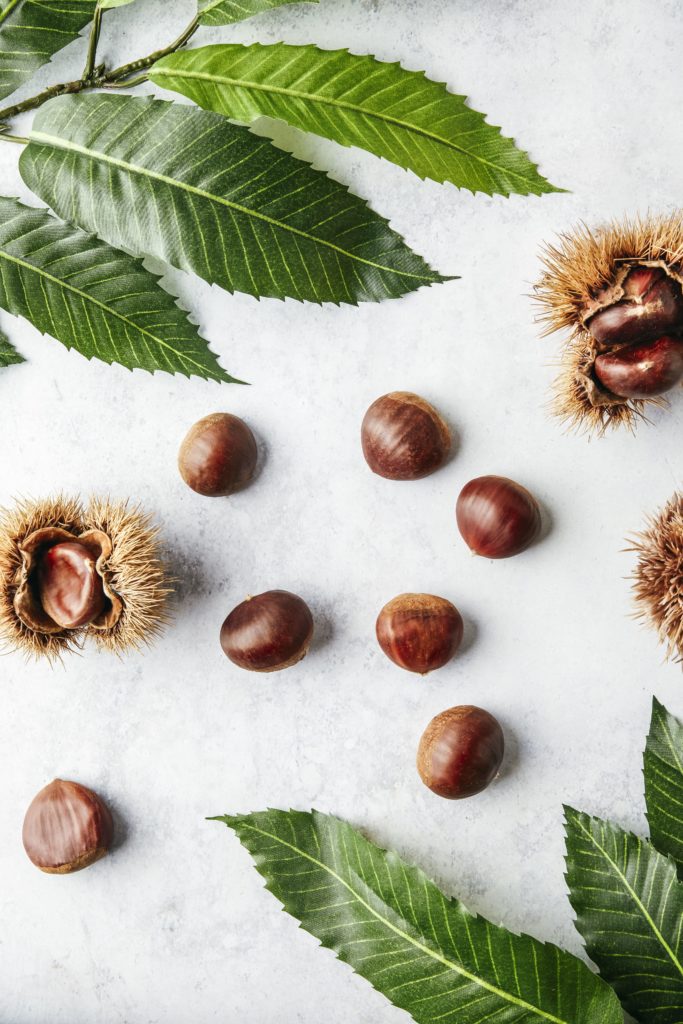
1. SELECTION REQUIREMENTS
Chestnuts are harvested by hand in the regions renowned for their chestnut groves.
Like fine wines, the fruit finishes maturing and drying in cellars away from light. The finest marrons glacés come from varieties that produce fruit that is not partitioned
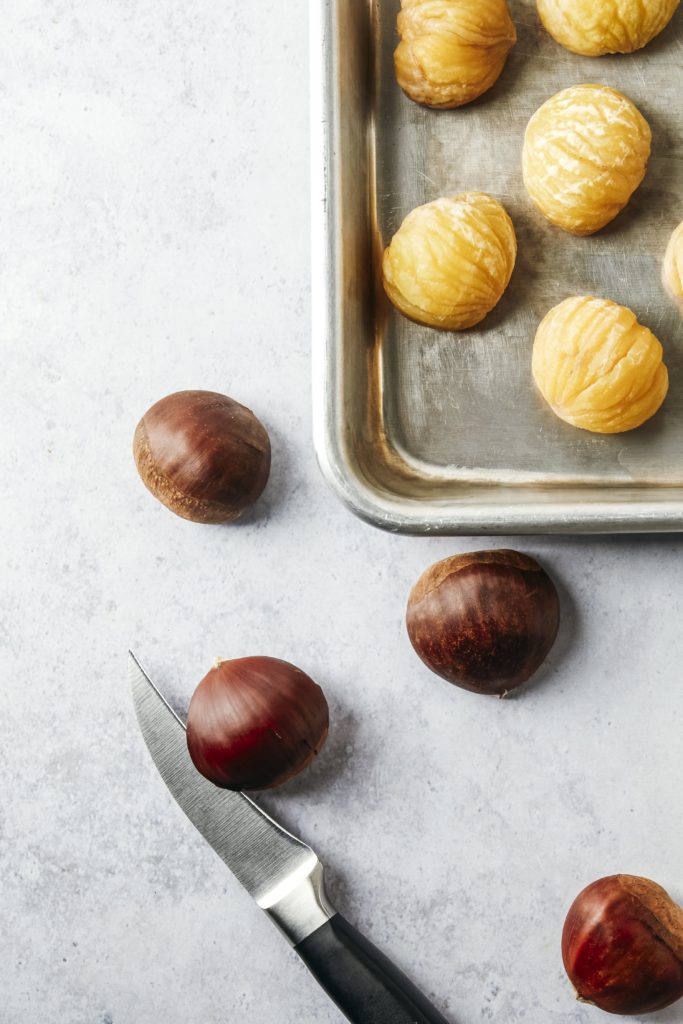
2. PEELING & COOKING
Peeling is mechanical, with a possible second peeling to remove the thin skins, followed by blanching in boiling water for a few minutes.
The timing of cooking is important to obtain the ideal texture: if overcooked, the chestnuts become mushy, undercooked, and they are dry and hard.
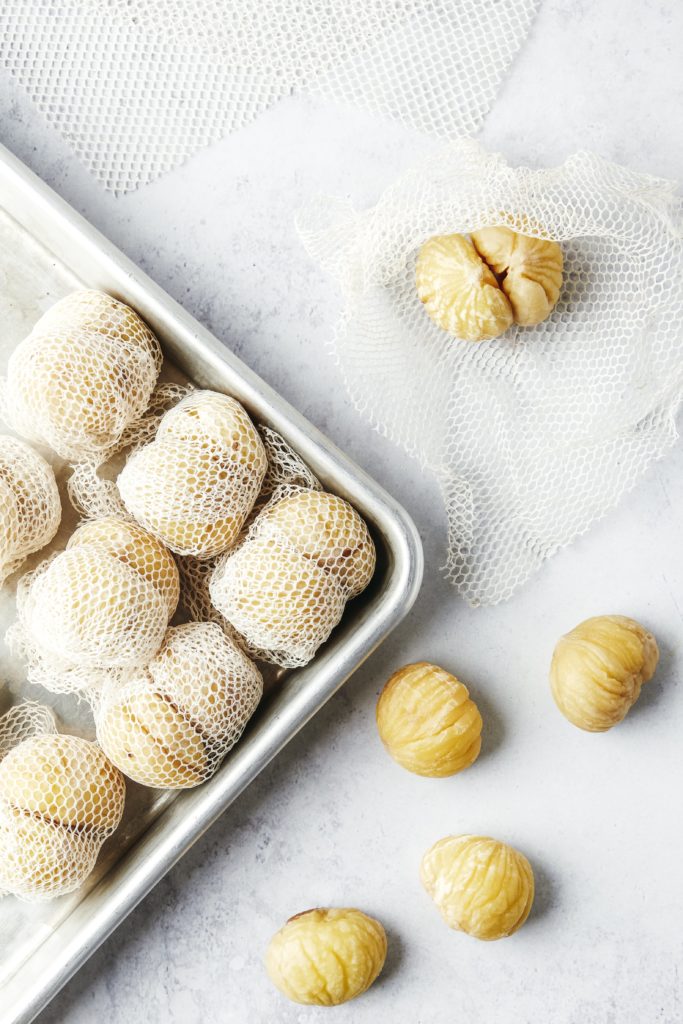
3. WRAPPING IN TULLE
The chestnuts are wrapped two by two to reconstitute the fruit in its raw state.
This process is carried out by hand and ensures that the fruit does not absorb too much sugar during the candying stage, which is the next step in the process.
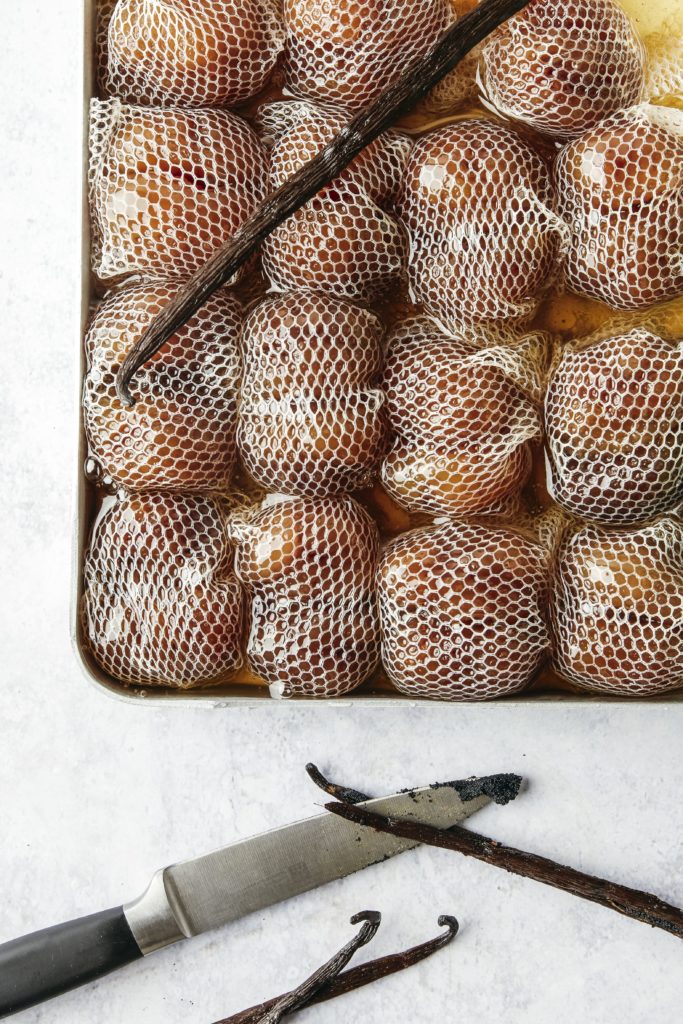
4. CANDYING IN TULLE
Candying means gradually increasing the sugar content in the fruit by immersing the chestnuts in syrup. It takes six days for the chestnuts to be fully candied right to their core. All in all, it takes around ten days to make a marron glacé.

5. GLAZING & DRYING
This involves coating the fruit with a very thin layer of icing sugar, followed by a rigorous sorting process to remove any fruit that aren’t perfect in terms of shape. The marrons glacés are then dried for 12 hours in a temperature- and humidity-controlled room.
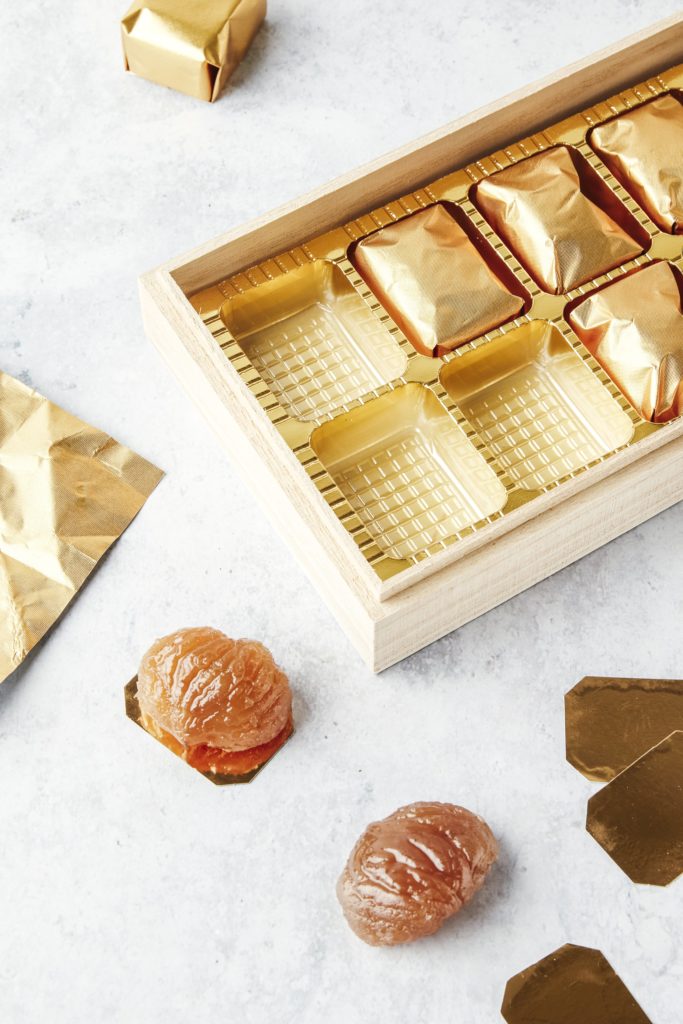
6. PACKAGING & TASTING
The chestnuts are individually packaged and wrapped in a golden aluminium wrapper. Pellorce & Jullien can customise the packaging of its marrons glacés with your own brand name.

STORE OUR CHESTNUTS IN A COOL, DRY PLACE

